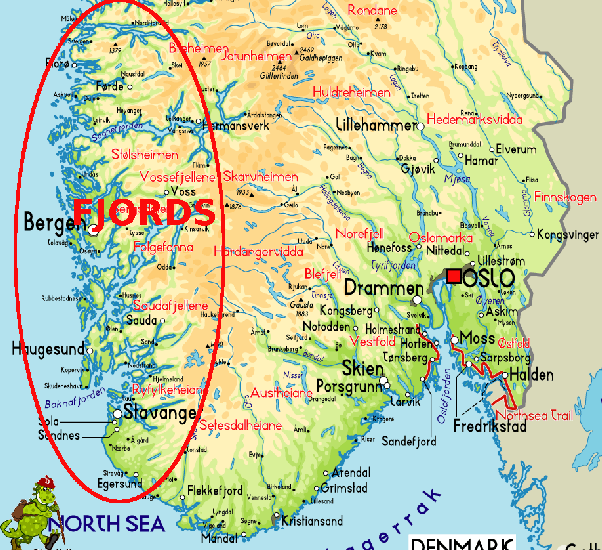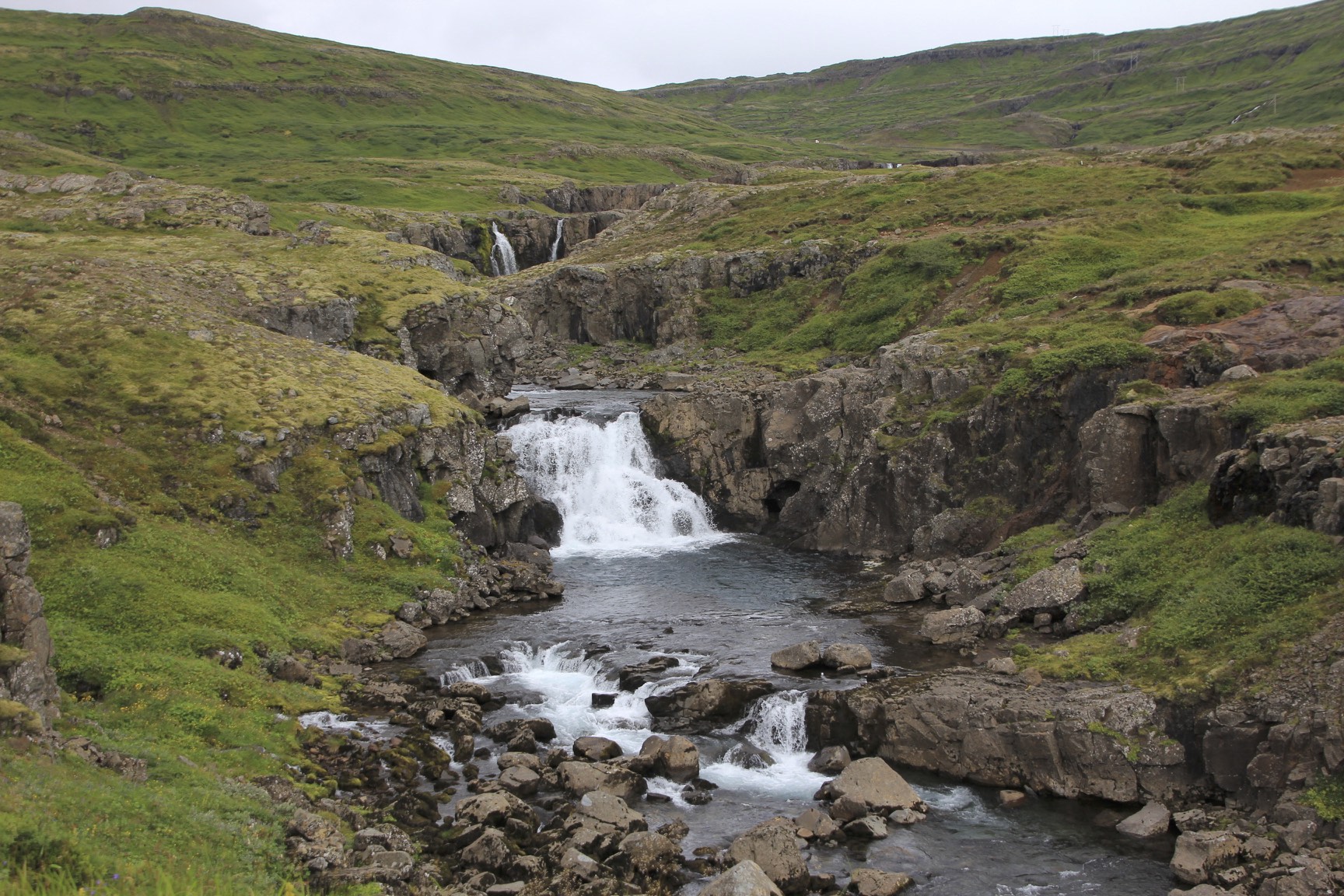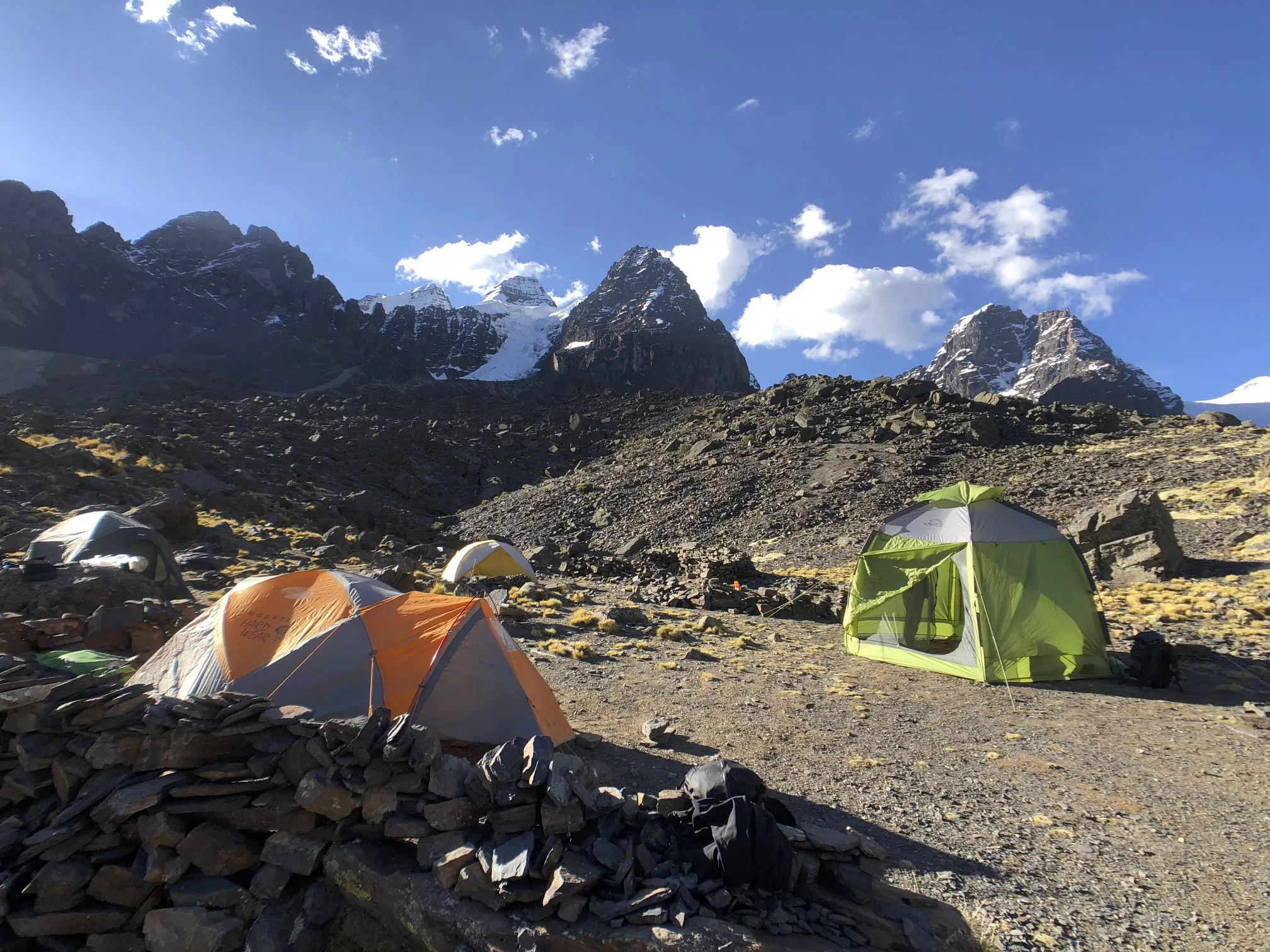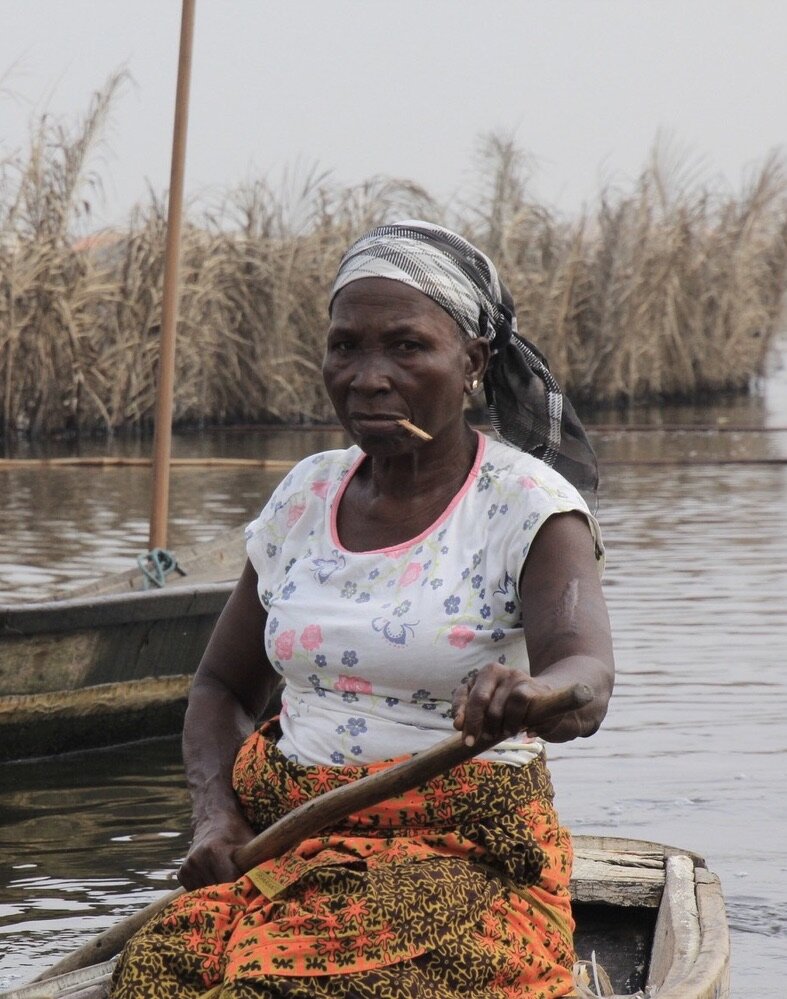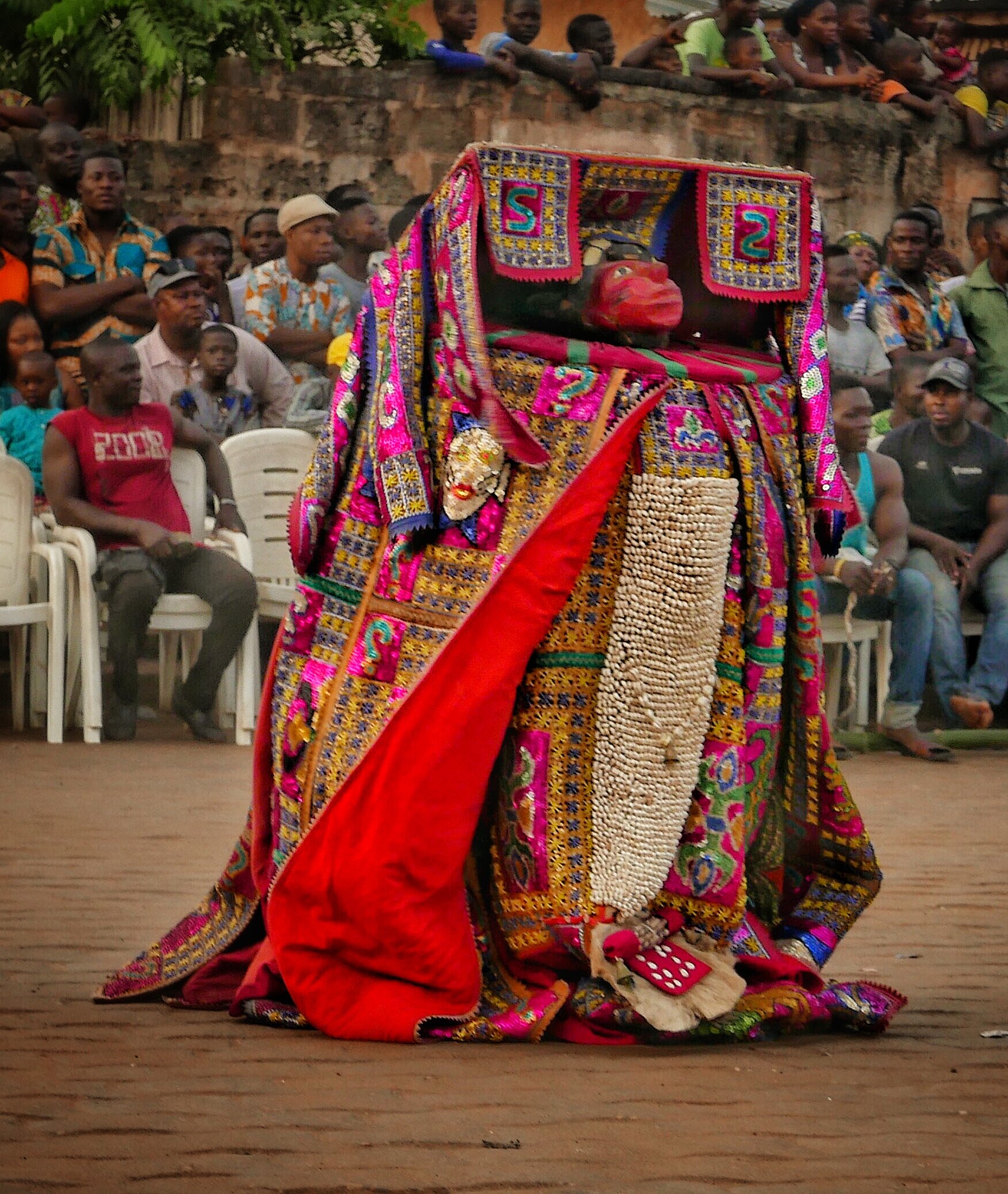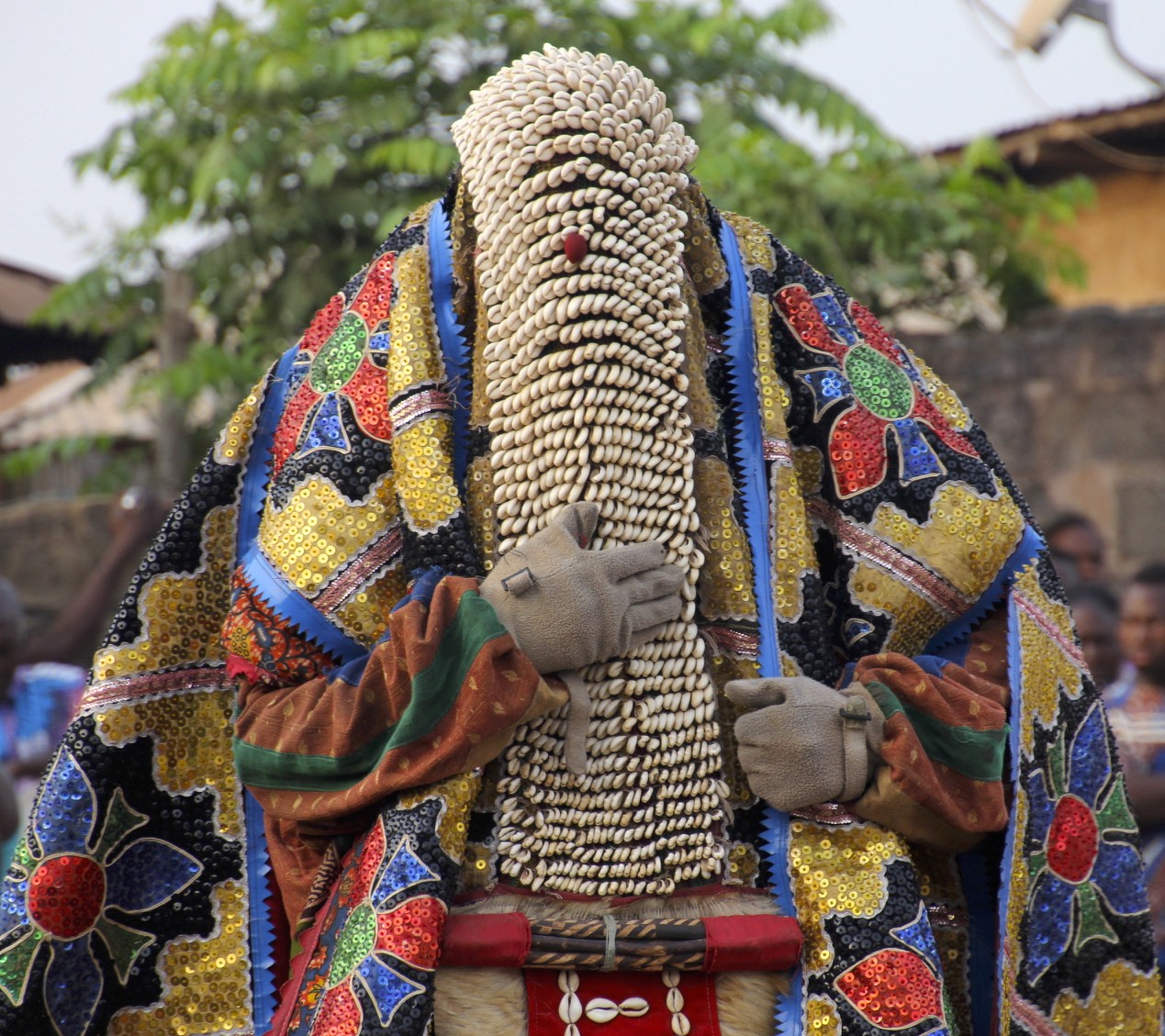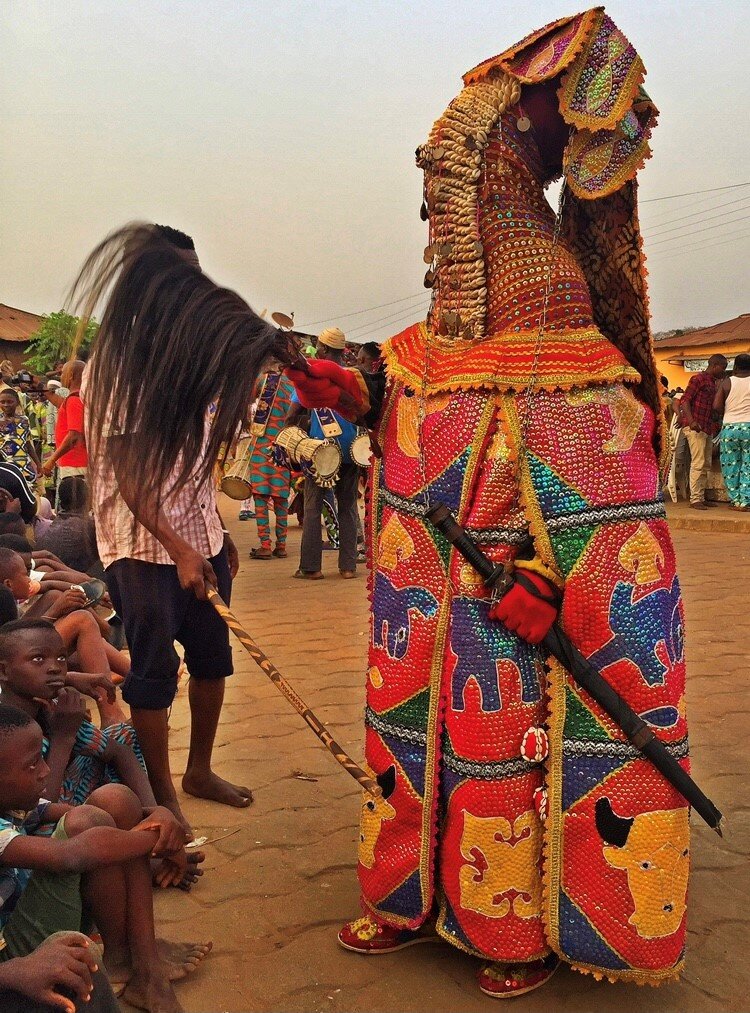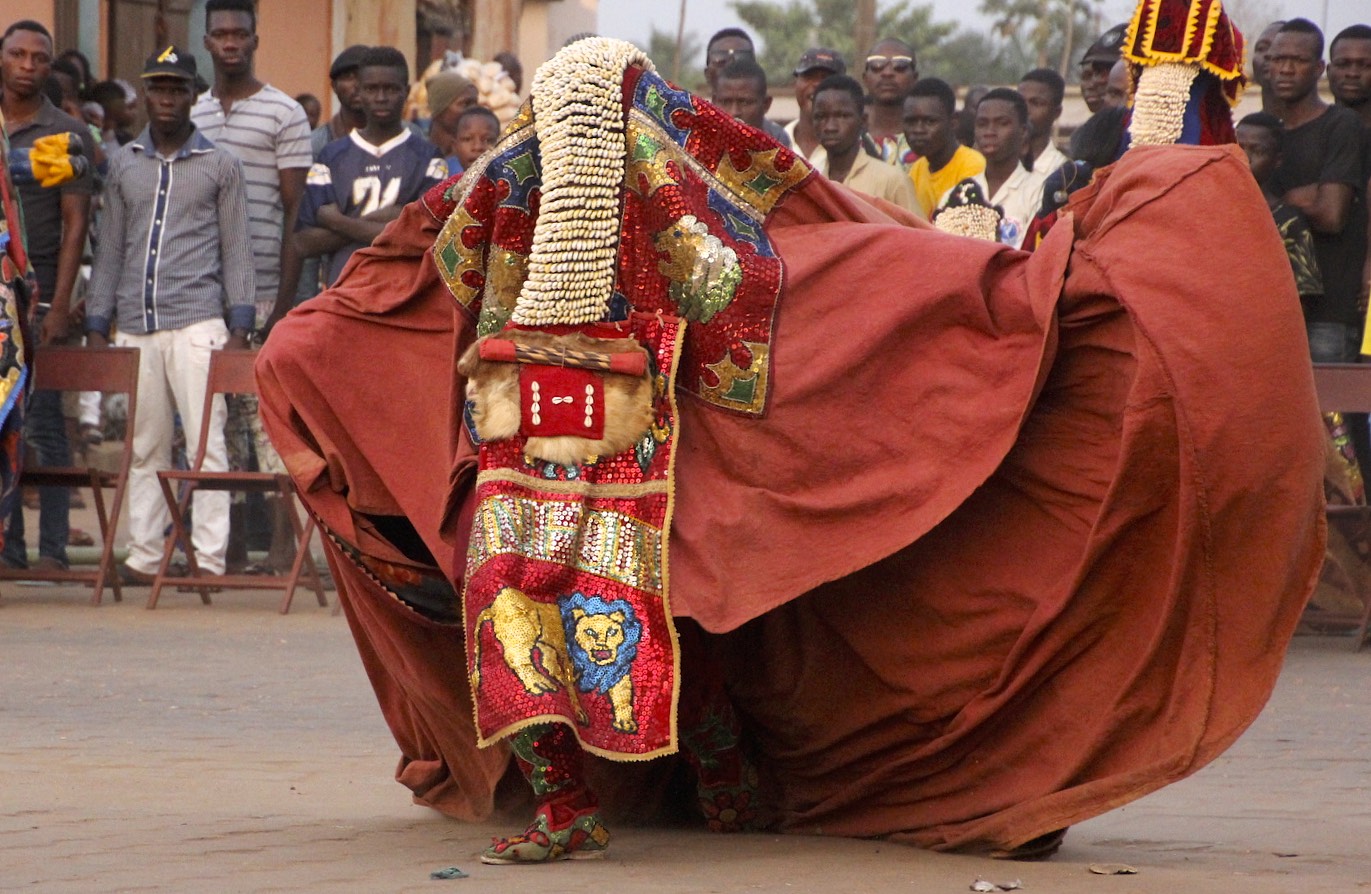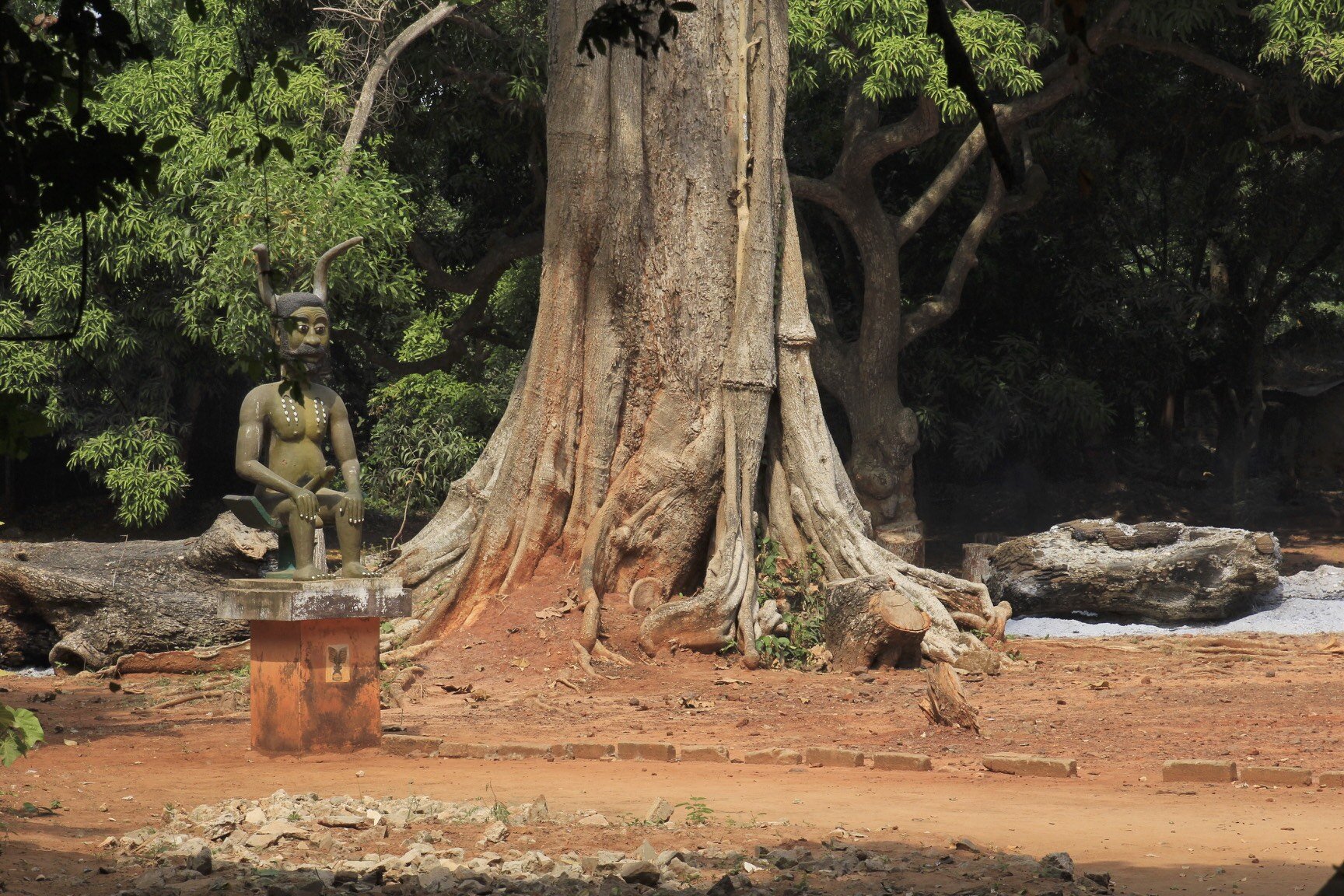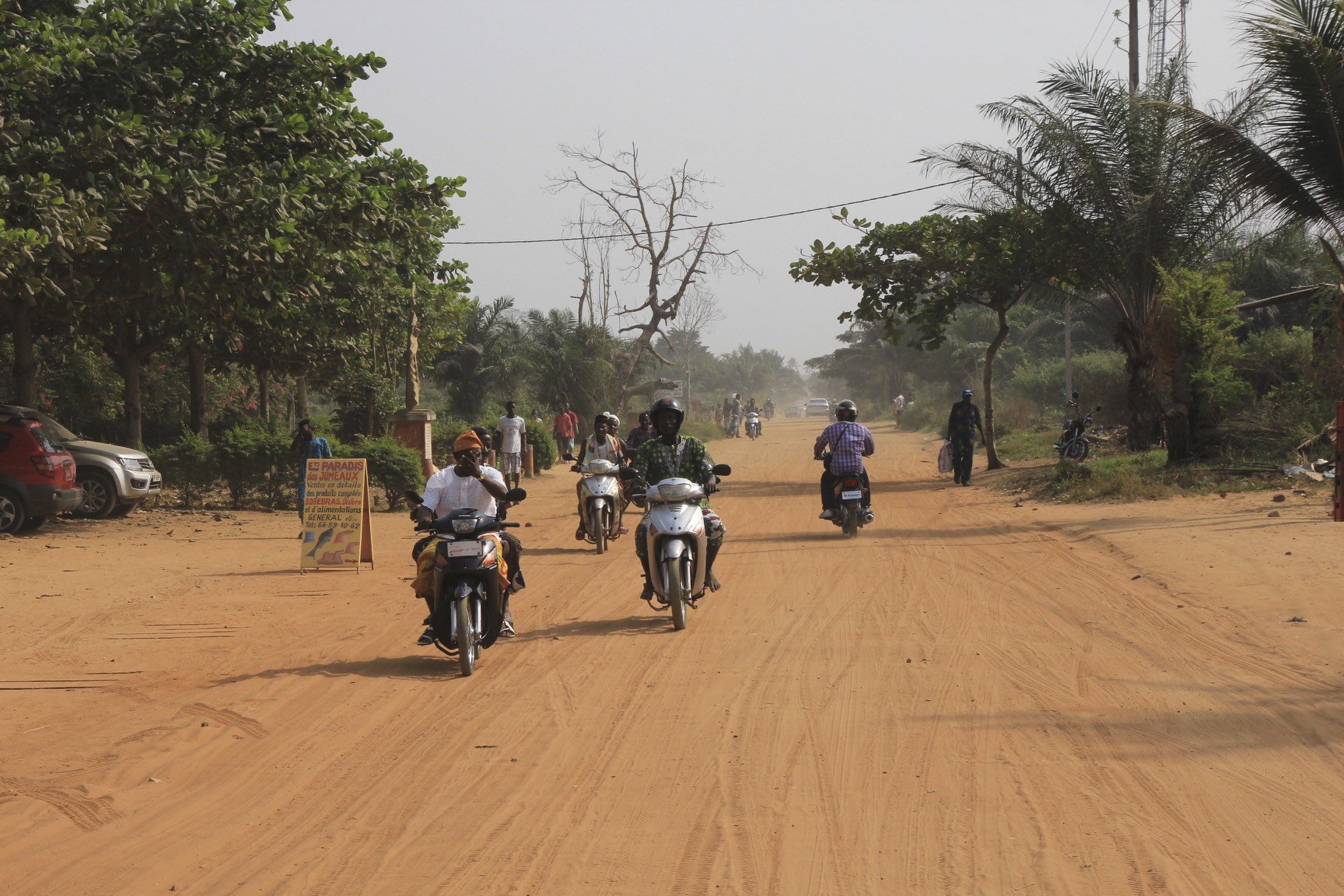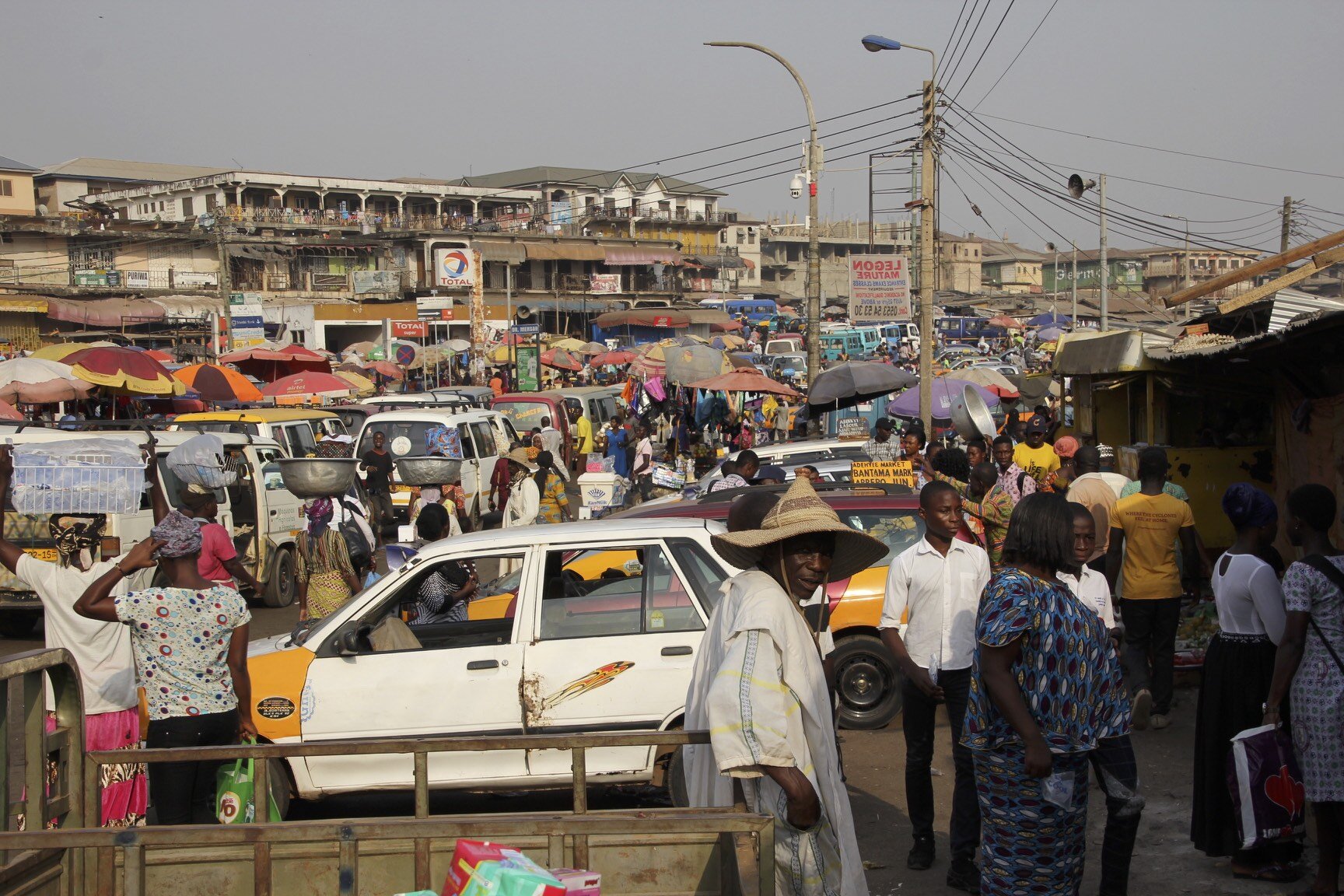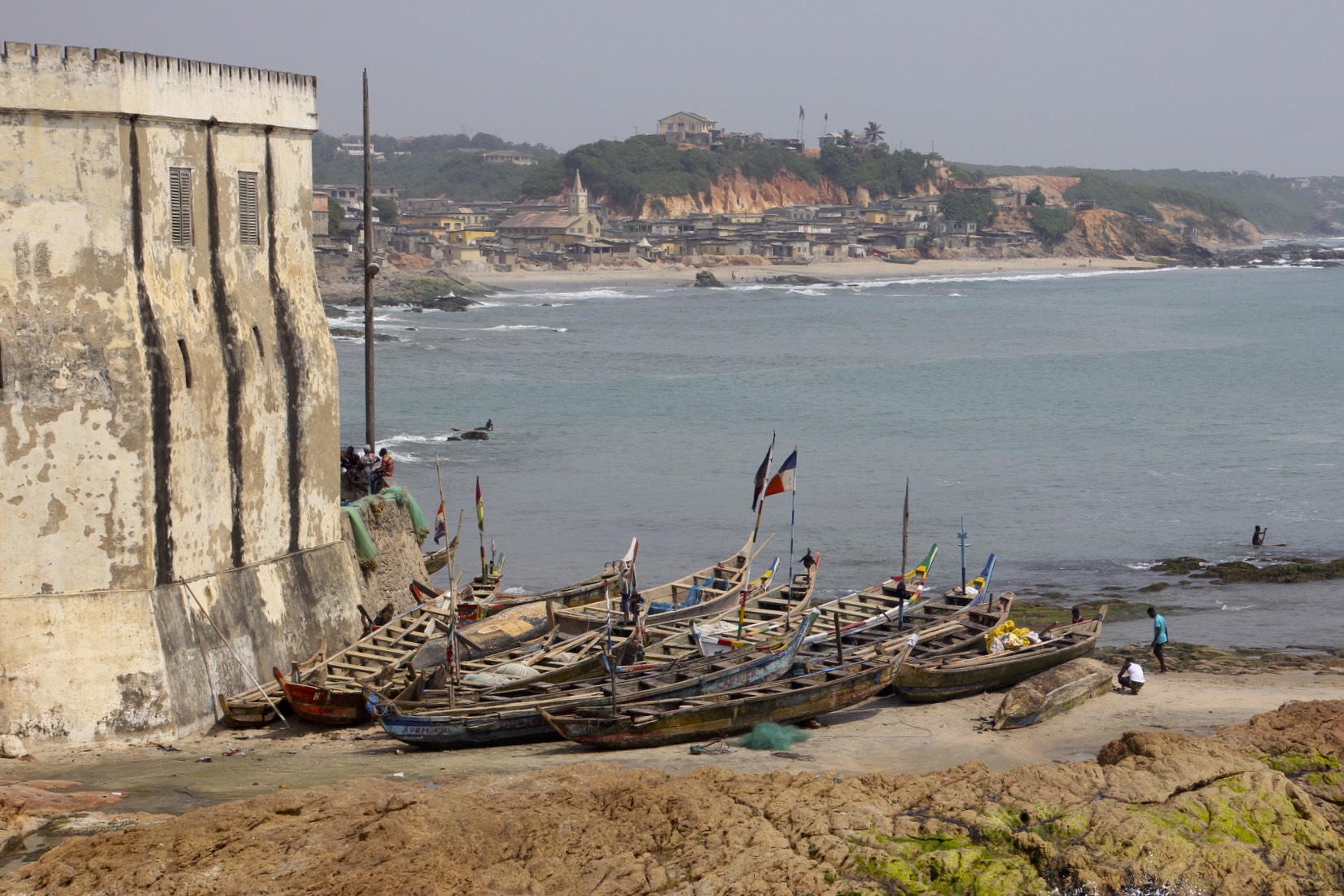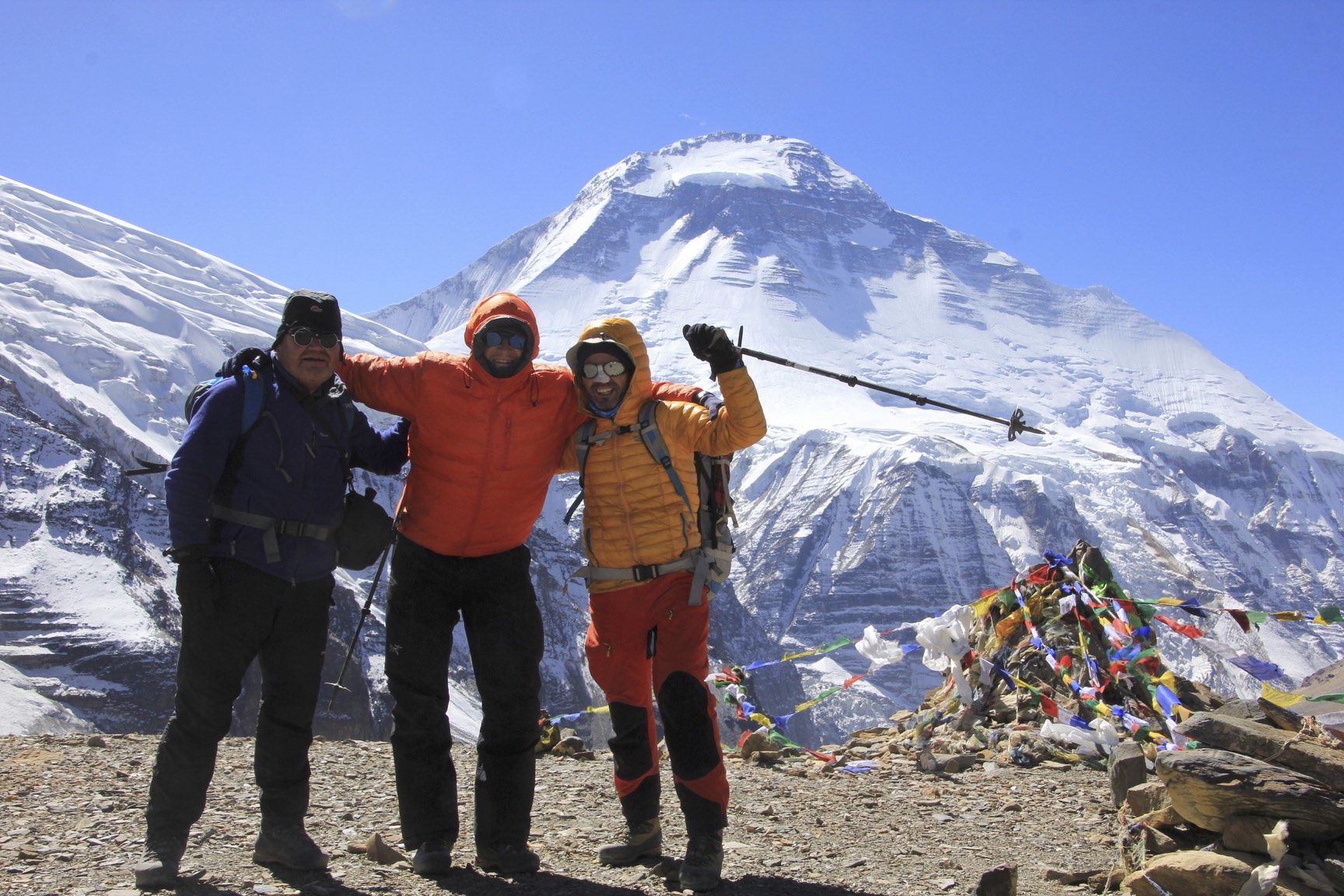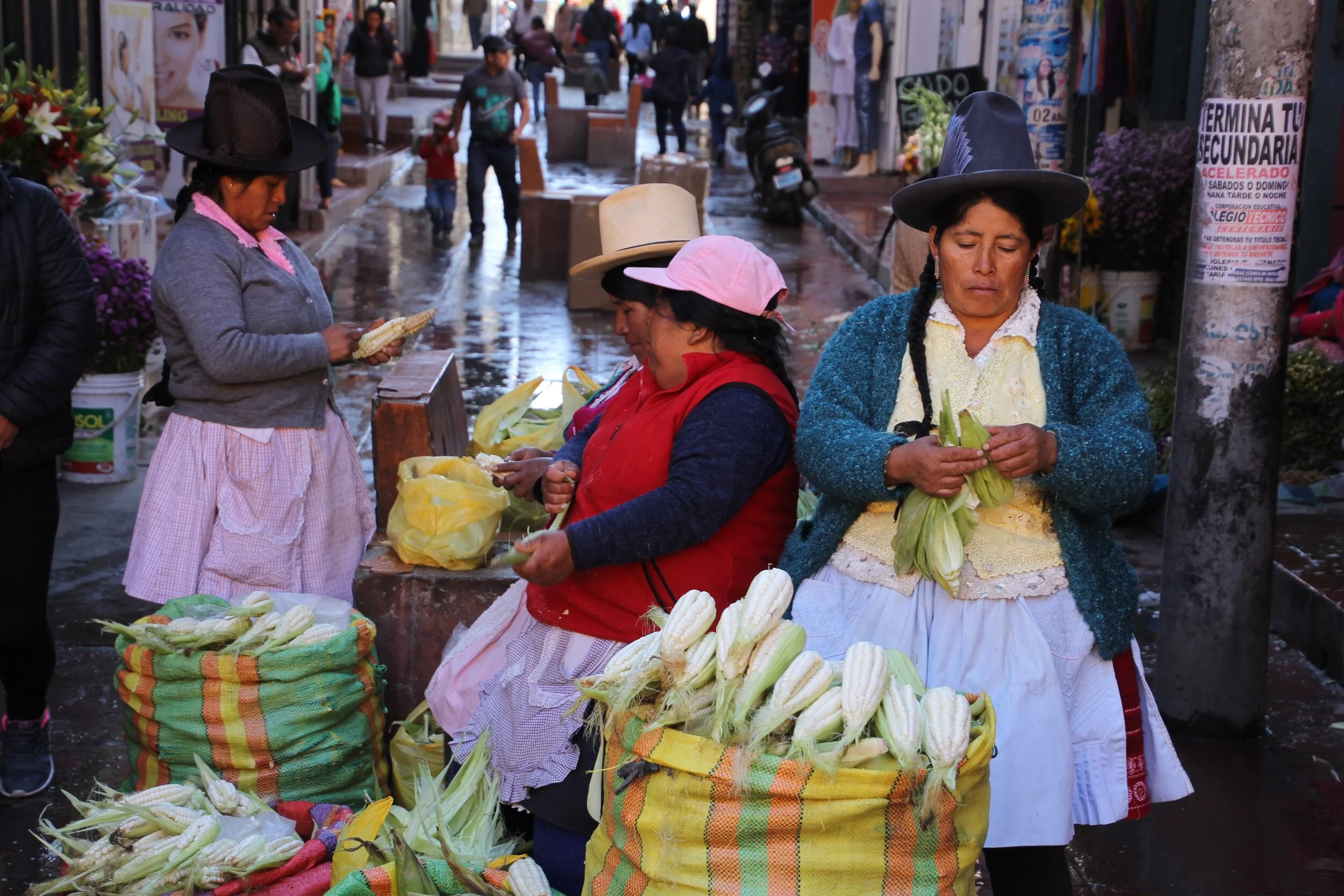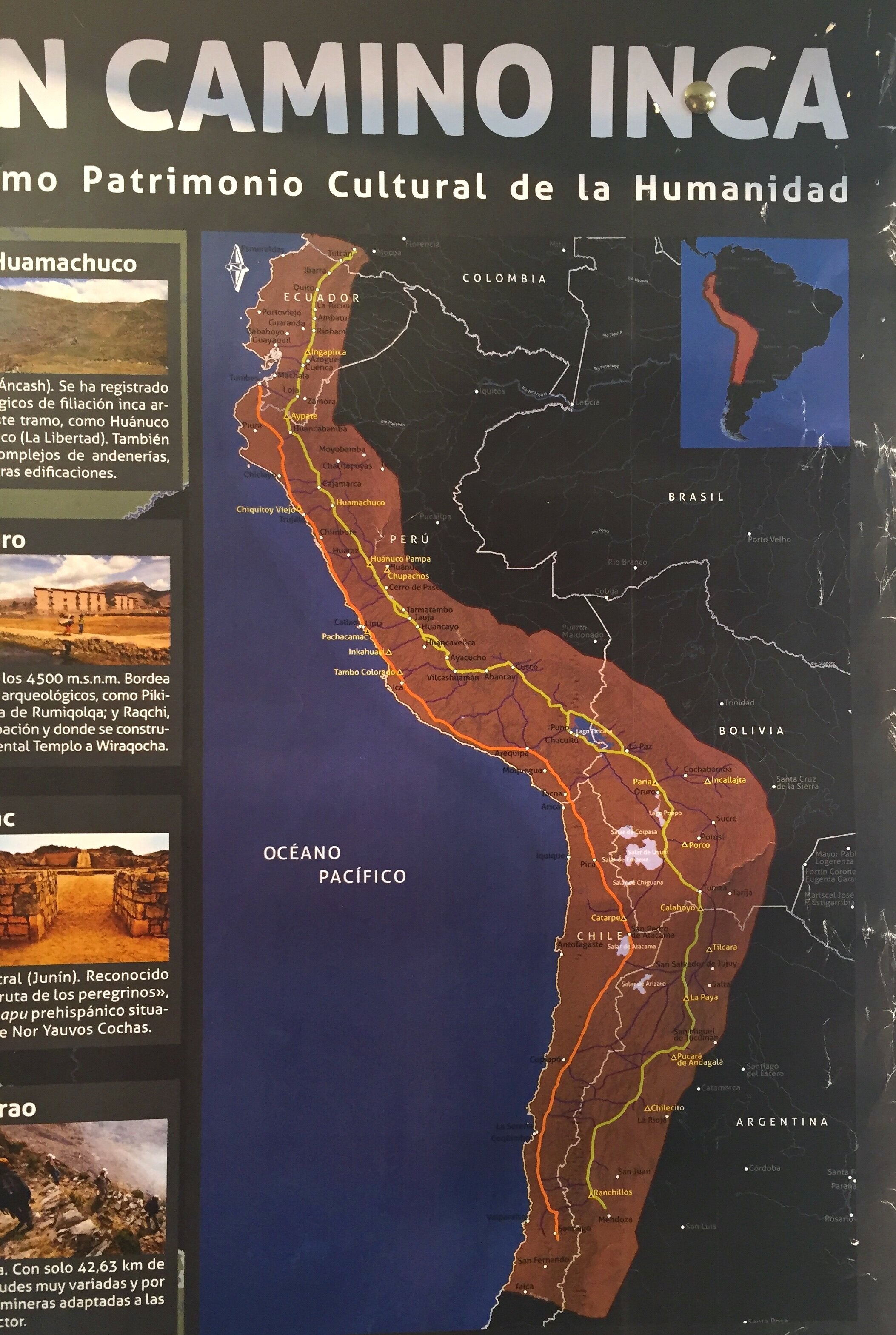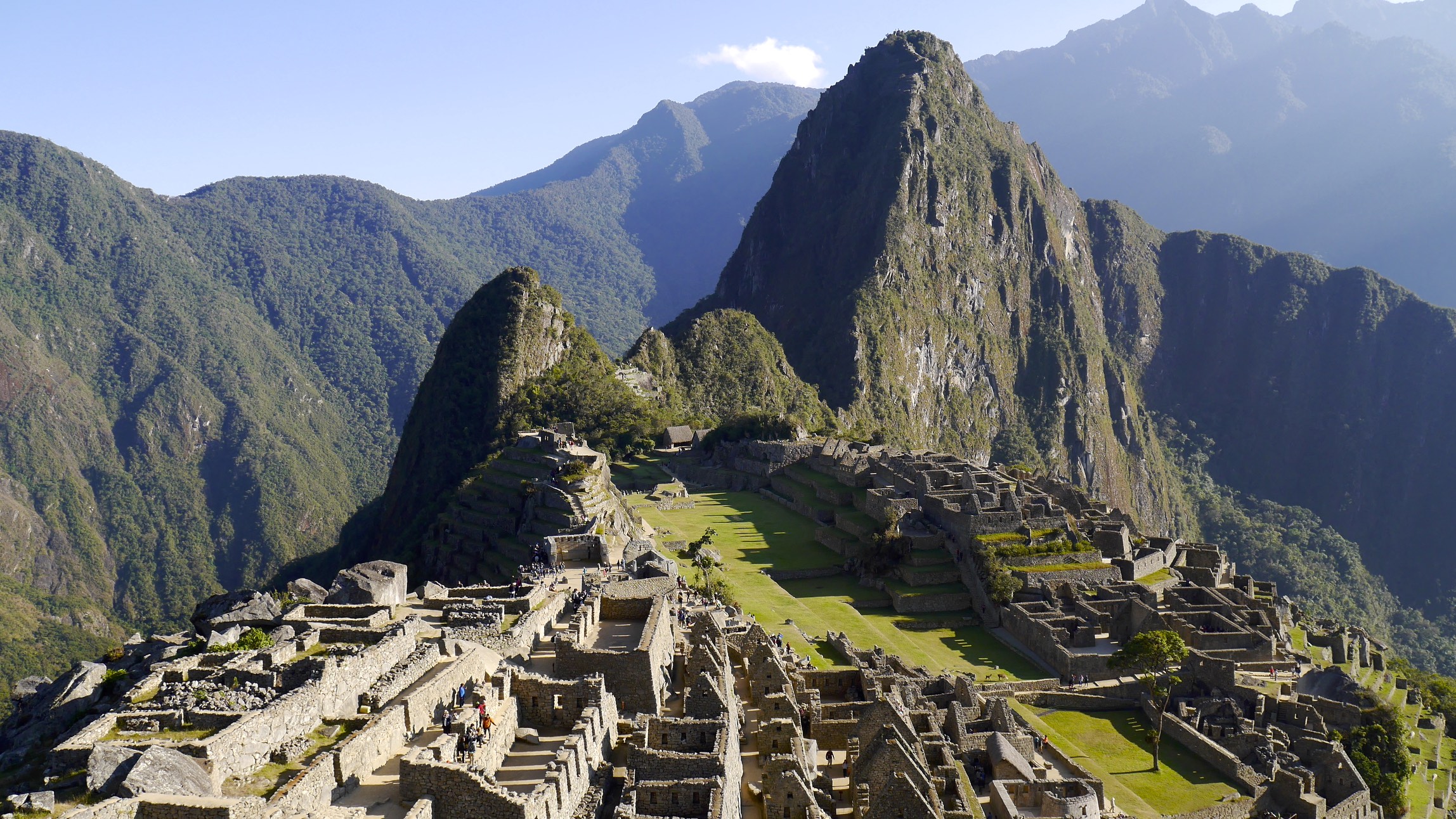This is a good summary of the ceremony by James Dorsey (www.perceptivetravel.com):
To the adherents of traditional African voodoo there is no difference between the waking world and that of spirits, they are the same, co-existing in what a westerner might call a parallel universe. The living and the dead are in constant communion, aiding each other just as they did in physical life. It is the job of the mambo, or griot, the West African version of a priest, to oversee this union, to guide it using established traditions that allow the living to navigate among the dead without being totally drawn into that void. While they believe the deceased are constantly among us, they also believe a living person can enter the twilight world for brief periods if under careful guidance, and of course depending on the personal power of the metaphysical traveler. The witch doctor or shaman are nothing more than spiritual guides who facilitate communication between those who have gone before and those who still occupy the material world.
The ceremony is presided over by a council of griots, or mambos as they are known locally; there are usually several in attendance, but the uninitiated will not know who they are. They are secret masters of ceremony, making sure all goes according to plan, and ready to make judgment calls if things get out of hand, as I was about to find out.
The Egun Gun are a secret society of men who spend most of their adult life learning an archaic set of rituals, prayers, and ceremonial traditions, that include their own private language and dances. They spend great amounts of time creating surreal looking outfits that hide not only their true identity, but emphasize the fact that the wearer is in a special place and not of this world.
They are so secretive that fellow tribal members do not know who is a member or not, and that days before a ceremony an Egun Gun dancer secrets his homemade ceremonial costume in the woods and makes excuses to disappear so no one will know where he is going and no one will ask why. During this time he prepares himself through fasting and prayer. Even more fascinating is the fact that once the ritual begins, he becomes the living dead. The Egun dance is tradition and religious rite simultaneously, as much theater as ceremony, part Kabuki and part melodrama, but deadly serious.
Once in costume and mask the dancer is no longer a member of the material world. He enters a trance like state, becoming a conduit for a deceased relative to enter his body. When this is achieved the dancer will begin to gyrate and contort in ways not normally doable in a waking state. The idea is that the dancer mimics all he has seen from his fellow tribesmen during the period since the last dance, showing the spirit inside him what everyone has done lately. This in turn allows the spirit to know who has been good or bad and who needs to be punished or rewarded. Ancestors, who are never far away, are the keepers and arbitrators of how their families should live and this dance is their periodic checkup. But being spirits, benign or not, they all hold a "terribelita" that once unleashed could wreak havoc if not properly controlled by ceremony.






















































